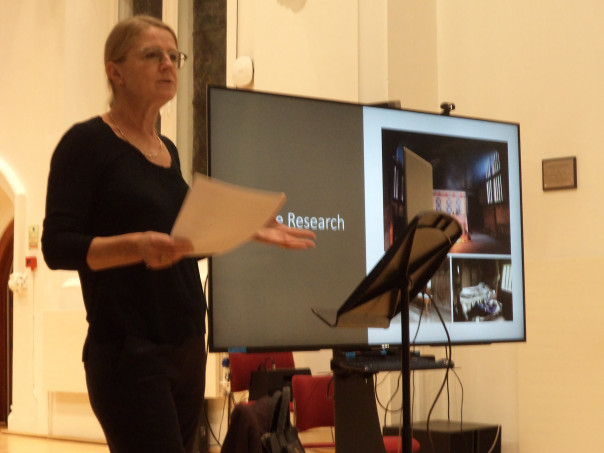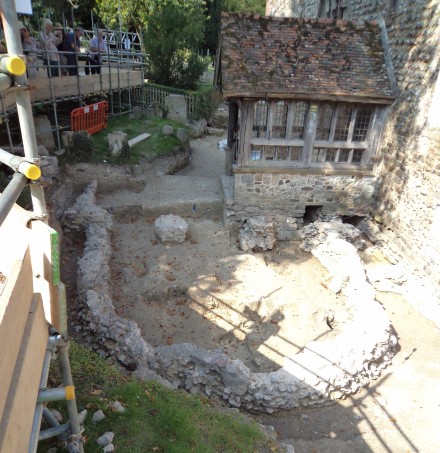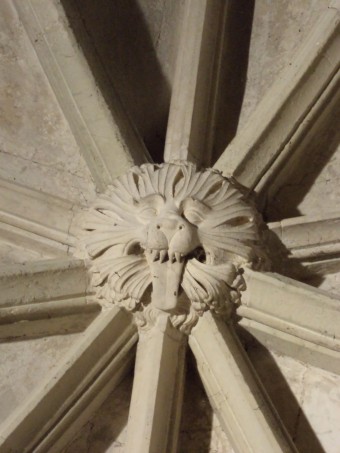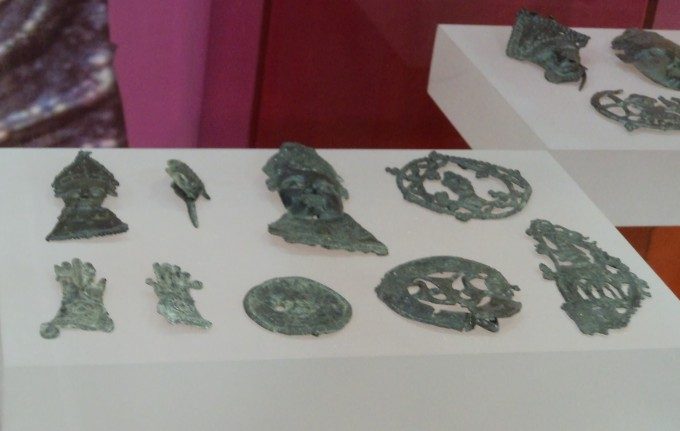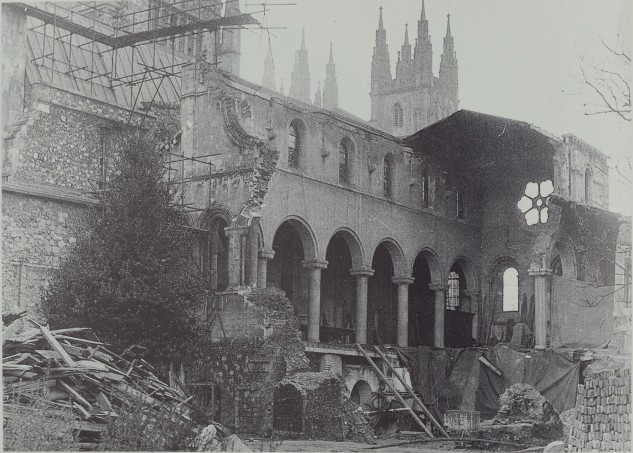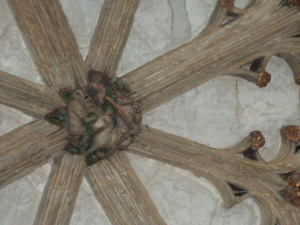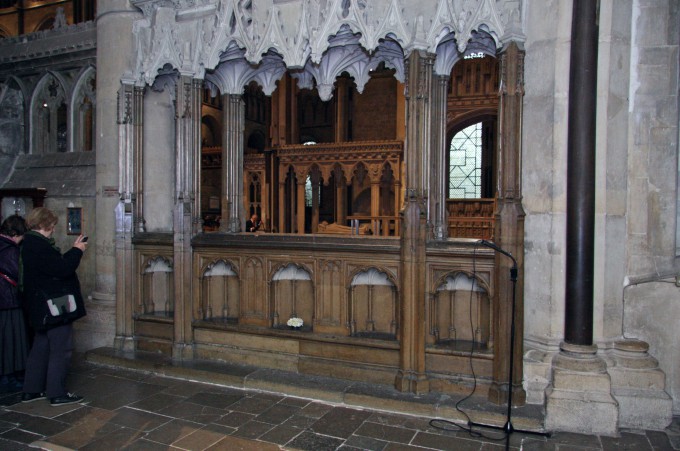To a degree this is a catch up week in that there were the final three talks for Kentish Saints and Martyrs and the Nightingale Lecture, as well as Dr […]
Kentish saints – using archaeology, texts and material culture
As a starting point, I thought I would mention that Professor Louise Wilkinson and I are putting together a series of evening talks for the first week in September 2020 […]
Eanswythe, Westgate, Faversham and the Black Prince – another busy week
This has marked another busy week for the Centre, but before I come to that I thought I would let you know that tickets for the Tudors and Stuarts History […]
Richborough and Canterbury – TV spotlight
To a degree this follows on from last time in that again there is a maritime theme to this short blog. Firstly, although I wasn’t able to attend this year, […]
Canterbury’s changing landscape – telling tales
It is often said, that in terms of Canterbury’s historic built environment the City Council in the post WWII years was far more effective in finishing off what the Luftwaffe […]
Canterbury Cathedral, Lympne and the Kentish Marshlands
Since the last post I have been out and about in Canterbury, Folkestone and Lympne. Paul Bennett, Director of Canterbury Archaeological Trust, and I have been discussing religious houses and […]
Further Reflections
Last week I was looking back, so this week I’m going to look forward to 2015 and some of the important anniversaries that will be celebrated here at Canterbury, as […]
